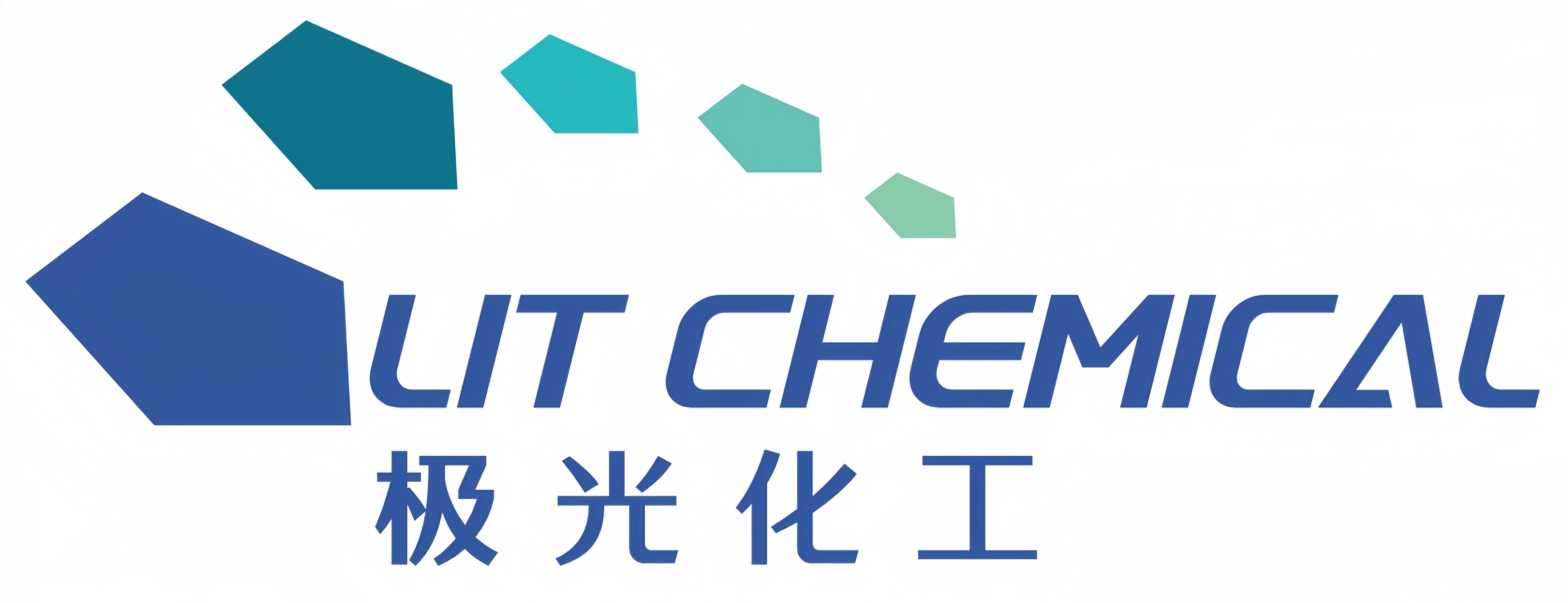The Role and Impact of Intermediates in OLED Technology
Introduction:Organic Light Emitting Diodes (OLEDs) have revolutionized display and lighting technologies, offering superior performance in terms of color vibrancy, contrast, and flexibility. At the heart of OLED fabrication lies a series of complex chemical processes, among which OLED intermediates play a crucial role. These intermediates are the building blocks that lead to the synthesis of key organic compounds used in OLED devices. In this article, we will explore the significance, synthesis, and impact of these intermediates on the overall performance and efficiency of OLEDs.
Understanding OLED Intermediates:OLED intermediates refer to the chemical compounds that are synthesized during the multi-step process leading to the production of final organic materials used in OLED devices. These intermediates are crucial in determining the properties of the end materials, such as their luminescence, charge transport, and thermal stability. The purity and quality of these intermediates directly influence the efficiency and lifespan of OLEDs.
Synthesis of OLED Intermediates:The synthesis of OLED intermediates involves a variety of chemical reactions, including cross-coupling reactions, condensation reactions, and functional group modifications. Each step must be carefully controlled to ensure the desired structural and electronic properties of the final materials. Advanced synthetic techniques, such as palladium-catalyzed coupling and microwave-assisted synthesis, have been developed to improve the yield and purity of OLED intermediates.
Challenges in OLED Intermediate Production:One of the primary challenges in OLED intermediate production is achieving high purity levels. Impurities can significantly affect the performance of the OLED material, leading to issues such as reduced efficiency and shorter device lifespans. Additionally, the scalability of these synthetic processes poses another challenge, as large-scale production must maintain consistent quality without escalating costs.
Impact on OLED Performance:The quality of OLED intermediates has a direct impact on the performance of OLED devices. High-purity intermediates lead to materials with better charge transport properties, higher luminescence, and improved stability. This, in turn, enhances the brightness, color accuracy, and longevity of OLED displays and lighting products. Moreover, innovative intermediates can lead to the development of new OLED materials with unique properties, pushing the boundaries of what OLED technology can achieve.
Future Prospects:As OLED technology continues to evolve, the demand for more efficient and cost-effective intermediates will grow. Research is ongoing to develop novel intermediates that can be synthesized through more sustainable processes, with lower environmental impact. Additionally, the exploration of new organic compounds as potential OLED materials will continue to drive innovation in this field.
Conclusion:OLED intermediates are fundamental to the development and success of OLED technology. Their role in determining the performance and longevity of OLED devices cannot be overstated. As research and development in this area continue, we can expect to see further advancements that will enhance the quality and efficiency of OLEDs, making them even more integral to modern display and lighting solutions.
